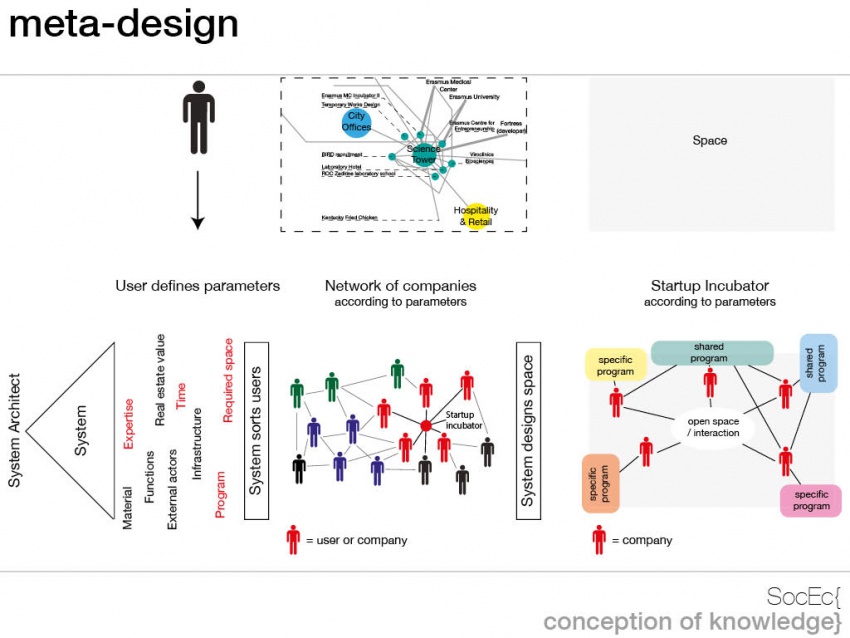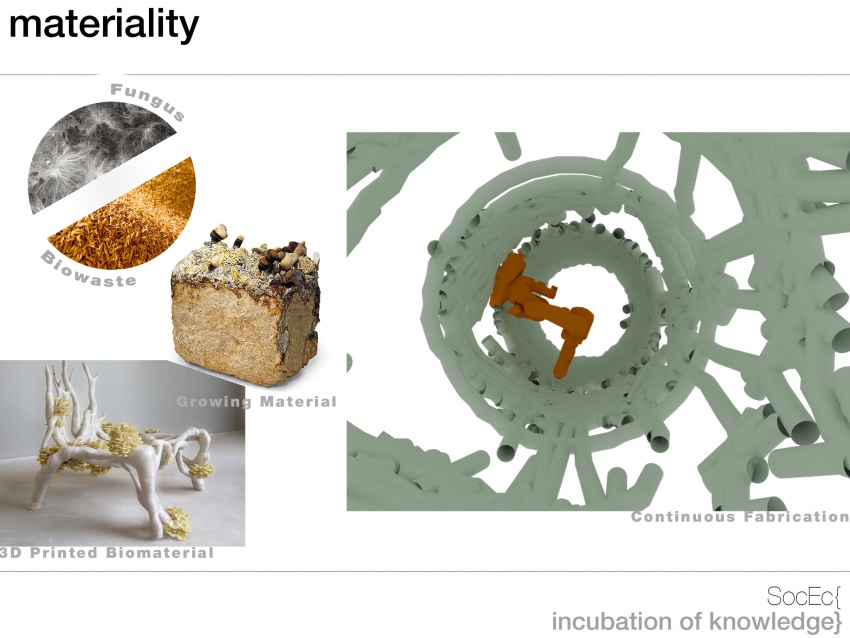Shared:P1 Group 3
GROUP 3: SocEco
password: m4h Password: m4h
In order to change the economic value of a specific urban area, simple large top-down methods are a less than guaranteed way of directing economic value. Since there is no control on the market’s algorithms, there is no effective control over economic growth either. A better way of mapping economic value is by looking at knowledge, and the flow of knowledge. Areas where there’s a lot of knowledge resource available per individual, and where knowledge can be transferred from one individual from another — Silicon Valley comes to mind as a prime example of the value of these networks of knowledge. It’s not just knowledge, but also the free flow of knowledge combined with creative implementation of it. Smaller companies, therefore, tend to be more innovative than large companies, since the structures of big companies actually limit the free flowing of knowledge or creativity in the application. The way that economy can be pushed and value can be added is by smaller top-down interventions that create the framework for, and facilitate in, a bottom-up approach where the users are being empowered to gain knowledge, and therefore generate new wealth. The framework for attracting and creating those new companies — that generate knowledge and transfer this to other companies that then form a creative network of collaborative sharing of knowledge and an increase in economic value — is inscribed by interventions on different layers.
Based on this vision of smaller interventions, we look at the creation of a startup incubator. An incubator thrives on the exchange of knowledge and, instead of money, knowledge is the greatest asset of those smaller companies located in the incubator. It can also have a radiant effect on its environment. The design is informed by meta-design. The meta-design system is designed by the architect to empower the users to create their own environment based on the parameters which they decides on. Based on those parameters, the system sorts the different types of users and creates the spaces according to those parameters. If, in time, any of the parameters change; the design changes accordingly. Shared program will be clustered so multiple companies can make use of that same space. Specific program is located to the sides so that the central space is open for interaction and exchange of knowledge.
Investigation of the material which might be such malleable to allow for adaptability with the least damage of the environment
Nautral, reusable material - small amount of energy is needed for production
Available technology - fungi (mycelium) mixed with biowaste such as crop, wood waste or any material which has the performance of being digested by fungi
Mycelium is natural, self assembling glue which digest biowaste and therefore froms strong structure (stronger than concrete)
A good example of using this strategy is growing bricks. First mushroom tower was built at the MOMA exhibition in Queens, New York. Drawbacks - mass production and requirement of the form.
Further research - 3D printed chair at the University in Aachen. Conclusion - resistance to not only compression but also tension.
Possible further improvement - our vision
3D printing in real 3D like in Joris Laarman Lab Robot is assembling structure on the site while being attached to the building by self-3d-printed rails or similar system - self-growing material + self-building structure
Meta design at this scale are power lines of the structure designed by the architect and programmed by the user.
If there is no need for connection, or connection is not efficient it is cut from the structure and replaced with the new growing one. - Always positive energetic babalnce, as the material of the building can be used as energy.
The building becomes a living organism (like a tree) adapts to needs, changes configuration. Interacts and discuss boundaries of communication. Possibility of incorporating generative algorithms. The building is 100% programmable and assembled on the site. No losses of energy.
What is needed: robots + fungi + biowaste + desgin Biowaste can be harnessed from the building itself - growing possibility of positive balance of material - loop of providing material. If the additional material is not needed it is used as energy.
Meta design can be changed over time!
The next step - cooperation with other fields of research in order to shape the building.

